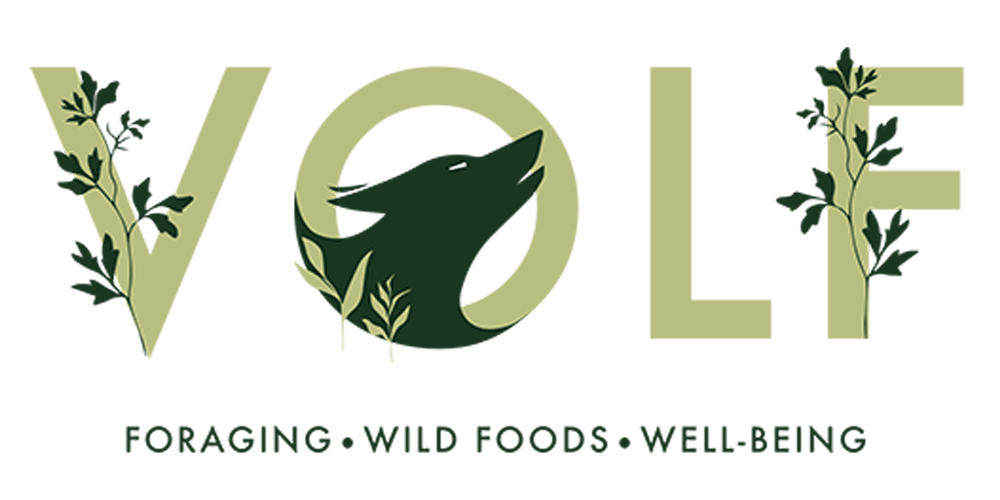Wood Cauliflower
How To ID Me And What I’m Good For?
My ID Features:
In situ (on pine)
Eli and his find.
Close up.
Wood Cauliflower
Latin Name - Sparassis Crispa.
Common Names - Wood Cauliflower, Cauliflower Fungus, Brain Fungus.
Family - Sparassidaceae.
Season - Autumn & Winter.
Habitat - Growing from the base of living or dead conifers, or on conifer stumps.
Spore Print - Off-White.
Possible Confusion - Pretty hard to confuse with anything inedible due to its visual appearance. Though quite possibly confused with another member of the Sparassis family, Sparassis Brevipes. Whilst also edible this species has more flattened and less curled folds. It has also sometimes been confused with Peziza species. Peziza is an interesting family, some are reported to be edible and some aren't. Personally we haven't tried eating any members of this family, as there are a lot of other delicious fungi around to hunt for!
Sparassis Brevipes form of Cauliflower fungus. Edible but rare. Sparassis Crispa is a much more sustainable eat. [credit].
Peziza species form these cup like formations. So not similar to Wood Cauliflower in our opinion. A good visual reference though. [credit]
Description - Always an awesome sight in the forest! Like you've been transported to bottom of the sea with it's coral like appearance. Why it was given the name ‘Cauliflower’ is a mystery. Wood Coral would be much more apt we think. This mushroom is a parasitic fungi, but not a tree killer. You can often find it growing on the same tree year on year. It's worth returning to the same spots each season to see if you're in luck. Given its unique appearance and host trees (conifers) it's a great beginner fungi and a tasty one too. Their only draw back, they're an absolute pain in the arse the clean. Usually full of critters and debris. It's best to give the mushroom a good shake to let any passengers out before adding to your basket. As a pretty sturdy little fella, it's okay to soak him in water at home to aid in removing any unwanted dirt and inevitable needles. They have a sweet smell and taste a little like toasted nuts. They make a great addition to any recipe involving mushrooms. In particular a foraging classic, ‘Cauliflower Cheese’. Hats off to whoever came up with that one!
Medicinal Qualities - Sparassis crispa basidiomes are primarily composed of proteins, lipids, carbohydrates, and minerals. The major part is of carbohydrates, which have the highest content of β-glucan. It is estimated that more than 40% of the dried basidiomes are composed of β-glucan. More than 30 compounds have been isolated from S. crispa, including polyphenols, flavonoids, terpenoids, vitamins, steroids, alkaloids, phthalides, and some others. Analysed the minerals, amino acids, and vitamin content of the S. crispa basidiomes and found that the mushroom possessed a high amount of potassium and appreciable amounts of phosphorus and sodium. Among the amino acids, glutamine was present in the highest amount followed by asparagine. The mushroom also contains a high amount of vitamin E and vitamin C. (Link here).
Harvesting Sustainability - We think it best to cut this fungi at its base.
Safety Note - Take caution not to pick from around poisonous Yew tree. As the needles can become embedded in the fruiting bodies of mushrooms.
Never munch on a hunch! Volf takes no responsibility for anything consumed.









